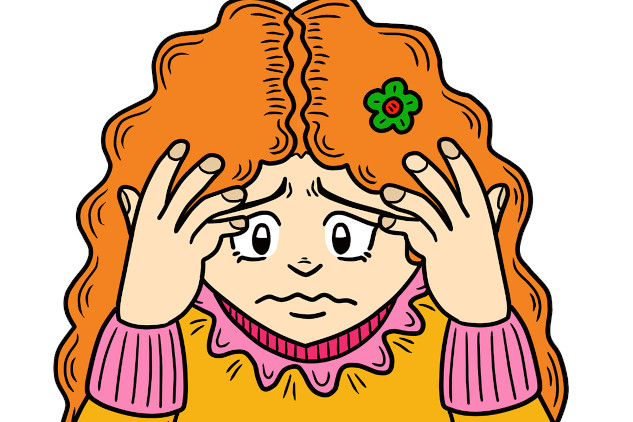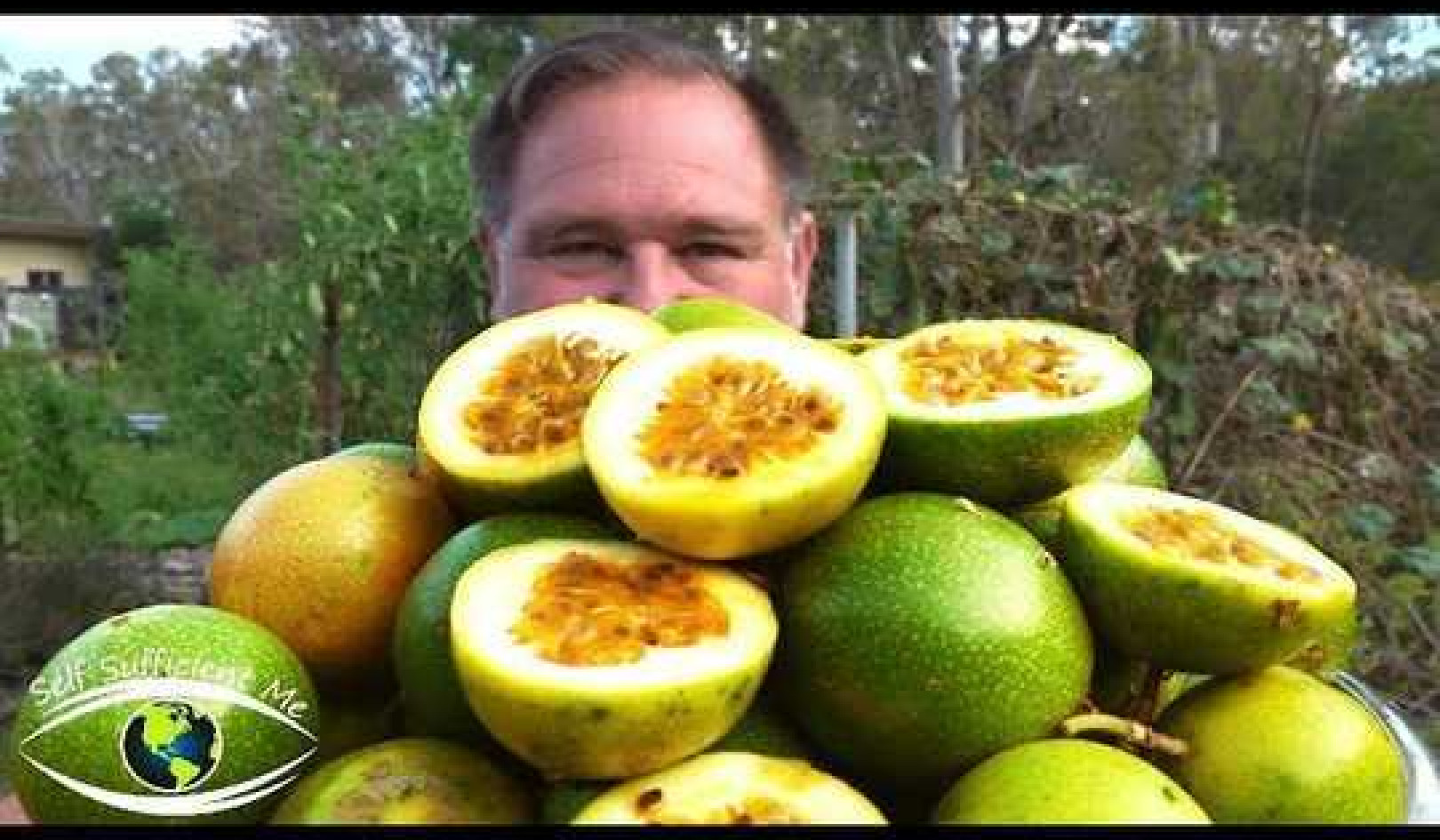
Image by Raquel Candia
In this Article:
- How your nervous system impacts your relationship with food.
- Understanding polyvagal theory and its role in eating behaviors.
- Practical strategies for healing your nervous system and improving your eating habits.
- How trauma influences your nervous system and relationship with food.
- Slow-and-steady suggestions for nervous system regulation.
How To Transform Your Relationship with Food
by Sue Van Raes.
Canadian physician Gabor Maté says, “Trauma is not what happens to you. Trauma is what happens inside of you as a result of what happened to you.” While you may not realize it, your nervous system (and past trauma) plays a big part in your relationship with food, and in many cases, the primary part. Anything you try that is unfamiliar in terms of your relationship to food and your body can act as an unsafe cue in your nervous system.
Our primal brains do not like the unfamiliar, even if the unfamiliar is better for our well-being. When you are feeling unsafe, overwhelmed, out of your comfort zone, or overstimulated, your nervous system shifts into a protective state to ensure safety in your environment and your body.
It is how this shift shows up for you that impacts how you relate to food. Let’s explore a brief overview of polyvagal theory and the three primary branches of your nervous system, inspired by Kimberly Ann Johnson and her book Call of the Wild:
- The parasympathetic nervous system (also known as the dorsal vagal or back of your vagus nerve):
When at ease, this calming state governs digestion, rest, and sleep. When activated or under distress, this part of your nervous system initiates the freeze or collapse response. The freeze response is an immobilization response, in which the body feels frozen in place and unable to act against a threat. A person in a collapse might be totally shut down and feel numb, lethargic, or even apathetic.
-
The sympathetic nervous system:
When at ease, this governs your motivation and stimulation response, the one that gets you out of bed and keeps you motivated and productive throughout the day. In an activated state (under distress), your sympathetic nervous system initiates the fight-or-flight response. The fight response is your body’s way of facing a perceived threat, and the flight response is your body’s instinct to run away from the perceived danger. -
The social nervous system (also known as the ventral vagal branch or front of your vagus nerve):
This is part of the parasympathetic nervous system and is considered integral to polyvagal theory. The social nervous system helps us to assess our relationships and our environment as we seek to establish safety and security around us. The social nervous system also connects us to and coregulates us with others, creating safety in our relationships. This is especially prominent in an activated state (under distress) where you may notice a fawn response — where we try to track, appease, and please someone or something to avoid conflict or danger.
Struggling with Eating Behaviors?
If you are struggling with your eating behaviors, know that they might well be your way of soothing and regulating your nervous system, especially when life feels out of control. You likely have dominant patterns both in how your nervous system responds to overstimulation and in the actions you take with food in your attempts to regulate.
And while it’s common to identify with one or two primary nervous system responses, you may still shift between fight, flight, freeze, collapse, and fawn, depending on the situation. If you have a history of trauma (big or small), your nervous system may react to even the smallest of inputs.
Freeze Response
If you notice yourself reaching for food in excess, or bingeing, you might be using food to regulate your nervous system by getting you out of a freeze response and helping you feel sensation. You might also notice a freeze response show up as more digestive distress, such as IBS, constipation, or sluggish digestion. A collapse response might occur with feeling totally shut down around food, feeling heightened shame around your eating habits, feeling lethargic, or having a diminished appetite.
Fight or Flight Response
When you are in an acute fight-or-flight state, your hunger cues shut down. This is an adaptive response to ensure that if you are fighting or fleeing, you would not need to stop and eat a snack. As you establish safety in your physical body, you will see your fight-or-flight response slowly relax and enable your hunger cues to return and your digestion to function optimally.
A subtler fight response can look like an overassertion of your boundaries, a lot of food rules, or even a resentful or irritable response in your body in response to food, while the flight response often shows up as more avoidant eating behavior, such as food restriction or eating perfectionism.
Fawning Response
When your social nervous system is under distress, you may experience fawning, in which you find yourself agreeing to eat something that doesn’t leave you feeling good in order to please someone else, eating in a way to fit in (this happens a lot with eating trends among social circles), failing to speak up and ask for what you need, or putting someone else’s needs before your own.
Slow-and-Steady Suggestions
While food can feel comforting in the moment, regulating yourself with food is not an optimal long-term remedy for healing your nervous system. To regulate your nervous system, consider trying these slow-and-steady suggestions when you start to feel dysregulated or overstimulated:
- Sensation scan: Scan your environment for something pretty or familiar to rest your eyes on that will make you feel safe and secure. Listen to the sound of birds chirping outside your window, or take in a pleasant scent in your environment. Try a body scan, tuning in to the sensations arising in your body, from the toes up.
-
Asking yourself, What is going well?: Can you allow yourself to focus on feeling good in some small (or big) way? Creating safety and trust in your body and allowing yourself to feel pleasure (even little bits at a time) gradually shifts your nervous system toward equilibrium.
-
Finding glimmers: Glimmers, a term from polyvagal theory and introduced by Deb Dana in her book The Polyvagal Theory in Therapy, are the opposite of triggers. A glimmer can be an internal or external cue that brings you a sense of joy, wonder, or safety. Some examples are the warm sun on your skin, the smell of a lilac blooming in June, rainbows, puppies, a walk in nature, or a simple smile from the person in front of you in line at the grocery store.
-
Nasal breathing: Calm your nervous system by tuning in to a slow, steady nasal breath, such as the 4-7-8 breath, the resonant breath, or slow and even yogic nasal breathing.
-
Titrating: Slow things down. A dysregulated nervous system most often stems from too much, too fast, too soon. Taking baby steps with anything new helps ease your system.
-
Safe touch: Place one hand on your belly and one hand on your heart. Take slow, deep breaths. Feel the comfort of pressure, touch, and the reconnection to self.
-
Weighted blanket: Lying under a weighted blanket calms anxiety and increases oxytocin, helping you feel relaxed and calm and promoting well-being.
As you begin understanding and healing your nervous system in your relationship with food and your body, you will also be addressing a fundamental body healing that will make every other supportive strategy you employ that much more effective.
Copyright 2024. All Rights Reserved.
Condensed and adapted with permission.
Article Source:
BOOK: Food and Freedom
Food and Freedom: Discover Your Personal Recipe to Eat, Think, and Live Well
by Sue Van Raes.
 Food and Freedom is a journey to reclaiming your wholeness and experiencing more mindfulness, personal fulfillment, and pleasure with food and in life. This trustworthy guide is rich with personal memoir, inspiring case studies from clients, soulful teachings, self-study prompts, nourishing recipes, and techniques to support biochemistry, satiation, and metabolic health. It will help you create body compassion and give you the confidence to show up in life as who you truly are, remedy emotional eating, and prosper with embodied self-care.
Food and Freedom is a journey to reclaiming your wholeness and experiencing more mindfulness, personal fulfillment, and pleasure with food and in life. This trustworthy guide is rich with personal memoir, inspiring case studies from clients, soulful teachings, self-study prompts, nourishing recipes, and techniques to support biochemistry, satiation, and metabolic health. It will help you create body compassion and give you the confidence to show up in life as who you truly are, remedy emotional eating, and prosper with embodied self-care.
For more info and/or to order this book, click here. Also available as an Audiobook and a Kindle edition.
About the Author
 Sue Van Raes, author of Food and Freedom, is a functional nutritionist, food psychology specialist, and psycho-spiritual practitioner, who is dedicated to helping women who are stressed out about food finally make peace with their plates. After her life-long struggle with food and two decades of private practice, she discovered a surprising pathway to a renewed relationship with food. Sue draws on her personal and professional experience providing a body, mind, heart, and soul approach to stop stressing and start fully living. Visit the author's website at: BoulderNutrition.com
Sue Van Raes, author of Food and Freedom, is a functional nutritionist, food psychology specialist, and psycho-spiritual practitioner, who is dedicated to helping women who are stressed out about food finally make peace with their plates. After her life-long struggle with food and two decades of private practice, she discovered a surprising pathway to a renewed relationship with food. Sue draws on her personal and professional experience providing a body, mind, heart, and soul approach to stop stressing and start fully living. Visit the author's website at: BoulderNutrition.com
Article Recap:
Your nervous system plays a crucial role in your relationship with food, often influenced by past trauma and stress. This article explores how polyvagal theory explains different nervous system responses, such as freeze, fight-or-flight, and fawning, and their impact on eating behaviors. By understanding and healing your nervous system, you can address fundamental issues that affect your relationship with food. The article provides practical, slow-and-steady strategies for regulating your nervous system, promoting overall well-being, and making other supportive strategies more effective.




























